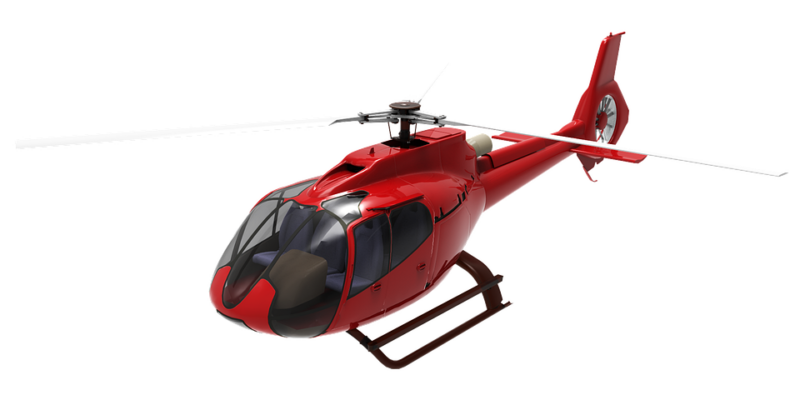The Evolution of 3D Rendering Software
From 2D to 3D Rendering
In the world of graphic design and architecture, 3D rendering has become an essential tool for visualizing concepts and bringing them to life. In the past, designers and artists relied on 2D drawings and sketches to convey their ideas. However, with the advancements in technology, 3D rendering software has become more sophisticated and powerful, allowing for more realistic and immersive visualizations.
The Role of Virtual Reality
One of the key technologies that have revolutionized the field of 3D rendering is virtual reality (VR). VR allows users to experience a digital environment in a fully immersive way, using a head-mounted display and motion controllers. By incorporating VR into 3D rendering software, designers and architects can now create virtual spaces that can be explored in real-time, giving clients a more realistic sense of what the final product will look like.
Enhancing Realism with VR
Immersive Walkthroughs
One of the main benefits of using virtual reality in 3D rendering software is the ability to create immersive walkthroughs of architectural designs. By putting on a VR headset, clients can physically explore a building or space as if they were actually there. This level of immersion allows for a more realistic understanding of the layout, scale, and design of a project, leading to better communication and feedback between designers and clients.
Interactive Design Collaboration
Virtual reality also enables designers to collaborate more effectively with clients and colleagues. By sharing a virtual model of a project, multiple users can interact with the design in real-time, making changes and providing feedback instantly. This interactive process helps streamline the design workflow and ensures that everyone is on the same page when it comes to the project’s vision and objectives.
Improving Visualization and Presentation
Photorealistic Renderings
Another way that virtual reality is enhancing 3D rendering software capabilities is through the creation of photorealistic renderings. By incorporating VR technology, designers can create highly detailed and realistic visualizations of their projects, giving clients a more accurate representation of the final product. This level of realism can help clients make more informed decisions and visualize the end result more effectively.
360-Degree Panoramas
Virtual reality also allows designers to create 360-degree panoramas of their projects, giving clients a complete view of the space from every angle. By incorporating this feature into 3D rendering software, designers can provide a more immersive and interactive experience for clients, allowing them to explore the project in detail and make more informed decisions.
Challenges and Opportunities
Technical Requirements
While virtual reality has the potential to enhance 3D rendering software capabilities, there are still technical challenges that need to be addressed. For example, VR requires a powerful computer system to run smoothly, as well as a high-resolution headset for optimal visual quality. Additionally, designers may need to learn new tools and techniques to effectively incorporate VR into their workflow.
Opportunities for Innovation
Despite these challenges, the integration of virtual reality into 3D rendering software opens up new opportunities for innovation and creativity. Designers can experiment with new concepts and ideas in a virtual environment, testing different design elements and configurations without the need for physical prototypes. This level of experimentation can lead to more innovative and impactful design solutions that push the boundaries of traditional rendering techniques.
Conclusion
Virtual reality is undoubtedly enhancing the capabilities of 3D rendering software, allowing designers and architects to create more realistic and immersive visualizations of their projects. By incorporating VR technology into rendering software, designers can create immersive walkthroughs, interactive design collaborations, photorealistic renderings, and 360-degree panoramas that provide clients with a more immersive and interactive experience. While there are still technical challenges to overcome, the opportunities for innovation and creativity are endless in the world of virtual reality-enhanced 3D rendering.
